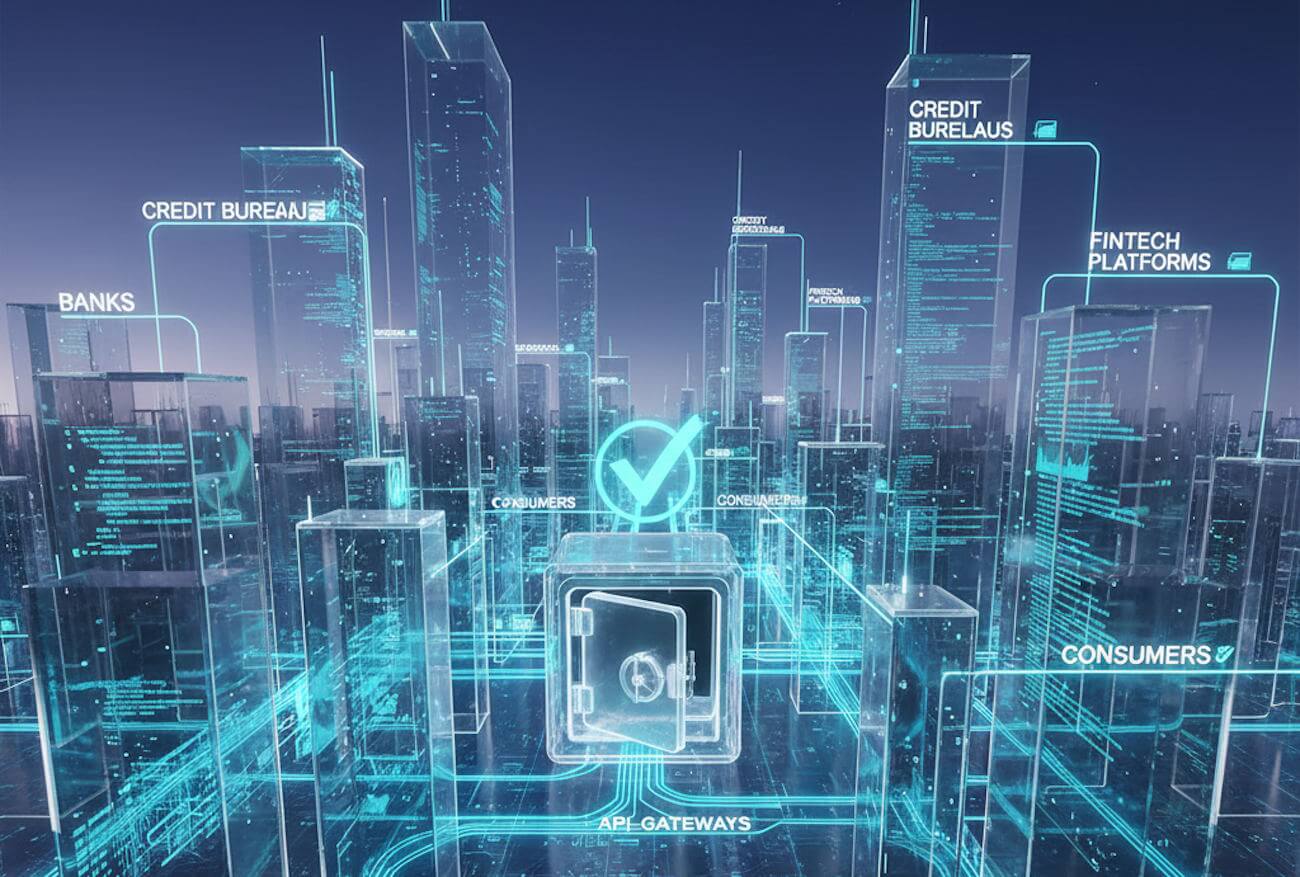Credit in the Age of Transparency: How Digital Platforms Are Redefining Trust

In the past, credit was something of a mystery. You applied for a loan, waited for a decision, and often had little idea what went on behind the scenes. Today, that’s changing rapidly. Digital platforms and financial technology are pulling back the curtain, showing consumers how credit decisions are made — and giving them more control than ever before. We’ve entered the age of transparency, and with it, a complete redefinition of trust in the world of credit.
The Shift From Secrecy to Openness
For decades, credit bureaus and banks held most of the power. Consumers were left to navigate opaque scoring models, buried terms, and confusing financial jargon. But the rise of fintech startups and open data initiatives has turned that model upside down.
Today, apps and online dashboards offer real-time credit score updates, detailed explanations for every rating change, and personalized tips for improvement. This level of openness has not only empowered individuals but also forced traditional institutions to evolve.
As more people seek to understand and improve their financial standing, tools like Rebuild your credit confidence programs are becoming essential allies. These platforms don’t just repair credit; they restore a sense of trust between consumers and the financial system.
Digital Platforms as Trust Builders
Trust used to depend on reputation — a handshake, a local banker, or a family connection. In the digital era, algorithms and interfaces have taken over that role. But the best credit platforms have learned that technology alone can’t build trust; transparency and empathy must go hand in hand.
Modern credit apps now provide users with complete visibility into their data — where it comes from, how it’s used, and how it affects their borrowing potential. Some even allow individuals to dispute or correct inaccuracies instantly. This direct feedback loop has revolutionized the relationship between lenders and borrowers.

Old Credit System vs. Transparent Digital Credit System
| Aspect | Traditional Credit System | Digital Transparent System |
|---|---|---|
| Information Access | Limited; consumers rarely saw their full report | Open; instant access to credit data and history |
| Decision Process | Opaque and based on internal models | Clear explanations with user-facing algorithms |
| Dispute Resolution | Slow, often through mailed requests | Real-time digital correction and tracking |
| Customer Trust | Dependent on institutional reputation | Built through transparency and user empowerment |
| Personalization | Generic advice and scoring | Tailored recommendations powered by AI |
The Role of AI and Machine Learning
Artificial intelligence has become one of the most powerful forces in credit innovation. Algorithms can now evaluate thousands of data points in seconds — from payment history and spending behavior to even social signals in some regions. But beyond speed, AI offers something even more valuable: fairness.
By analyzing broader datasets and eliminating human bias, AI-driven credit models can create more equitable opportunities. Startups are already using alternative data — such as rent payments, utility bills, and subscription histories — to assess creditworthiness for individuals who were previously excluded from the system.
Still, transparency remains essential. Users need to understand why a decision was made, not just that it was. Fintech platforms are responding by creating “explainable AI,” offering simple breakdowns of what affected a credit score — in plain English, not technical jargon.
The Cultural Shift Toward Financial Honesty
Transparency isn’t just about technology; it’s about mindset. For generations, discussing money was considered private or even taboo. But digital culture — particularly among younger generations — is challenging that. People now openly share their experiences with credit cards, loans, and debt management online.
This collective conversation has transformed personal finance into a shared learning experience. YouTube creators, financial coaches, and even Reddit communities have become educational resources that demystify credit. This peer-driven transparency helps normalize mistakes and highlights solutions.
How Transparency Reduces Anxiety and Builds Stability
Financial uncertainty has long been a source of anxiety. When people don’t understand how lenders view them, they fear rejection, higher interest rates, or hidden penalties. Digital transparency helps calm those fears.
By providing clear, visual explanations of how scores are calculated — and what specific actions improve them — people gain a sense of control. This not only improves financial outcomes but also fosters long-term trust in credit institutions.

Challenges and Ethical Concerns
However, transparency isn’t without its challenges. The more data becomes accessible, the greater the responsibility to protect it. Cybersecurity risks, identity theft, and data misuse are real threats.
There’s also the issue of algorithmic bias — even the most well-intentioned systems can inadvertently discriminate if not properly monitored. Transparency must therefore extend to how algorithms are trained and who audits them.
Another subtle concern is “transparency overload.” With so much information available, consumers can feel overwhelmed. Simplified design and personalized insights are key to making transparency beneficial, not burdensome.
The New Definition of Trust
Trust in the digital age isn’t blind faith — it’s earned clarity. Users no longer expect perfection from financial institutions; they expect honesty. When platforms admit errors, explain data usage, and give people tools to take control, trust grows naturally.
Transparency is not a marketing trend; it’s the foundation of the modern credit relationship. The more openly companies operate, the more loyalty they inspire.
Looking Ahead: The Future of Transparent Credit
In the next decade, transparency will likely evolve into something even deeper — real-time, personalized financial ecosystems that integrate seamlessly into daily life. Imagine a world where your credit score adjusts dynamically based on your current financial habits, and your lender instantly rewards positive behavior.
This vision isn’t far off. Open banking, blockchain technology, and AI-powered analytics are already converging to create such ecosystems. The key will be ensuring that, as automation grows, humanity doesn’t get lost. Trust must remain at the center.
Conclusion
The digital age has transformed the way we think about credit. What was once an obscure, intimidating process is now becoming a transparent, empowering journey. Consumers can finally see behind the curtain — and in doing so, they’re finding new confidence in their financial futures.
Ultimately, transparency doesn’t just redefine credit; it redefines the relationship between people and money. When technology is guided by ethics, empathy, and openness, everyone wins — lenders, borrowers, and society as a whole.
